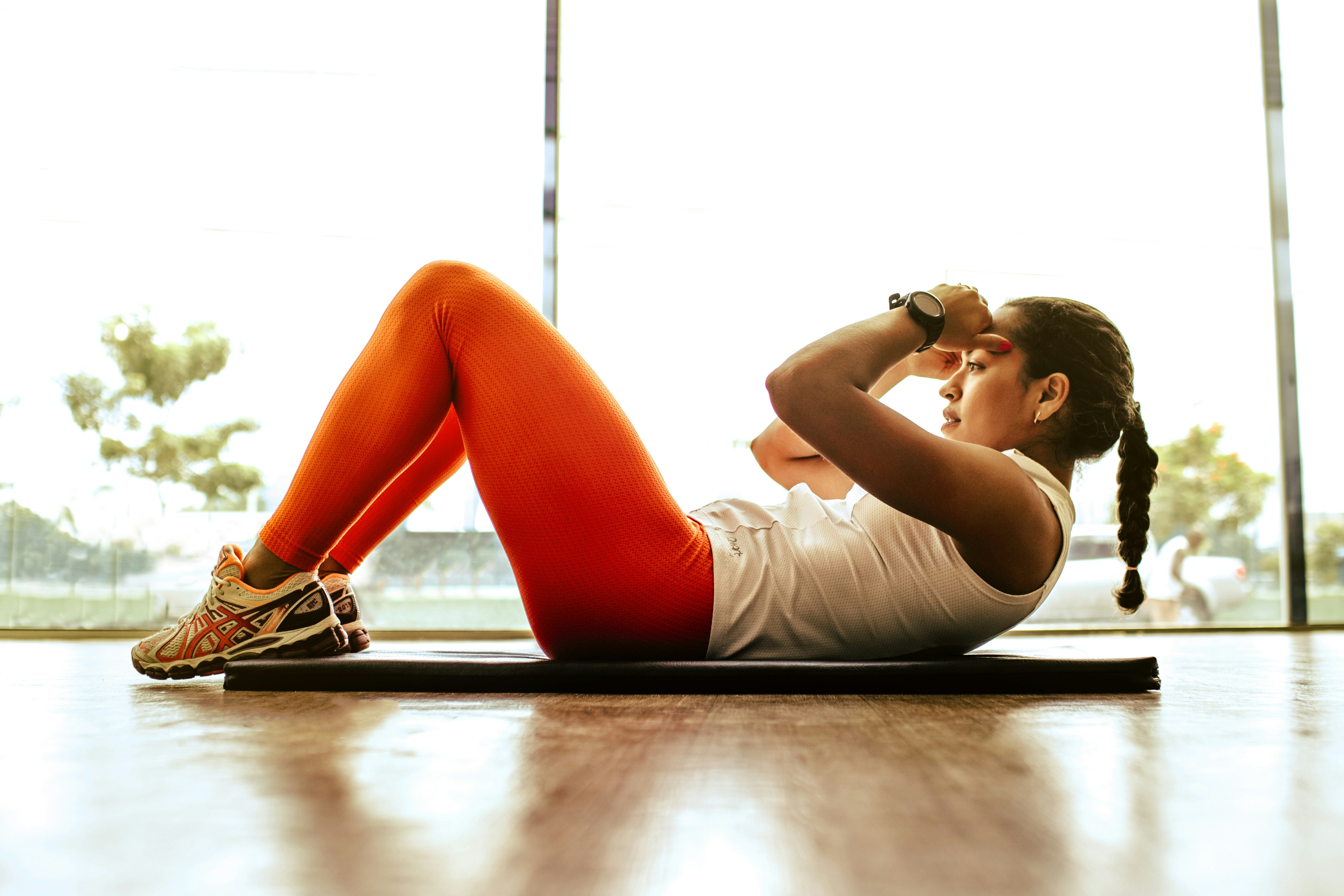Reinventing Beauty and Fitness: The Power of Sound Therapy
Sound therapy, though having roots in ancient civilizations, is a relatively unexplored avenue in modern-day beauty and fitness. However, it is gradually carving a niche for itself in the wellness industry. This article will delve into the historical context of sound therapy, its recent developments, and benefits in the beauty and fitness realm.

The Echoes from the Past
Sound therapy, also known as sound healing, has a rich historical background. Ancient civilizations, including the Egyptians, Greeks, and Indians, recognized the therapeutic power of sound. They used chants, mantras, and musical instruments for healing and spiritual practices.
In the 20th century, the scientific community began to explore the therapeutic potential of sound. Bio-acoustics, a branch of science studying how different frequencies affect human physiology, was established. This paved the way for sound therapy to enter the mainstream wellness industry.
The Resonance of Modern Trends
The 21st century has seen a surge in interest in alternative therapies, including sound. As the world becomes more stressful, people are seeking out unique ways to relax and rejuvenate.
The beauty and fitness industry has not remained untouched by this trend. In the past decade, sound therapy has been increasingly incorporated into wellness practices. From spa treatments to gym routines, sound therapy is being used to enhance the benefits of traditional methods.
Experts predict that this trend will continue to grow. The global market for sound therapy is expected to reach $2.83 billion by 2027, growing at a CAGR of 6.23% from 2020 to 2027 (Market Research Future, 2020).
Tuning into Beauty and Fitness
Sound therapy offers several benefits in beauty and fitness. The most direct impact is on stress reduction. Stress can accelerate the aging process and adversely affect fitness levels. By reducing stress, sound therapy can help maintain a youthful appearance and improve fitness performance.
Moreover, sound therapy can enhance sleep quality, which is crucial for both beauty and fitness. Good sleep can improve skin health and aid in muscle recovery, enhancing fitness performance.
Finally, sound therapy can enhance mood and motivation, crucial elements for maintaining a regular beauty and fitness routine.
The Vibrations in the Market
The incorporation of sound therapy in beauty and fitness practices has led to the development of innovative products and services.
One trend is the introduction of sound baths in spa treatments. These are sessions where clients are immersed in sounds produced by gongs, Tibetan singing bowls, and other instruments. The idea is to induce deep relaxation and healing.
Moreover, fitness centers are incorporating sound therapy into workout routines. Some gyms offer classes where exercises are performed to the rhythm of live music, thought to enhance workout efficiency.
The Future of Sound Therapy
Given the growing interest in sound therapy and its potential benefits, it is likely to become a mainstay in the beauty and fitness industry.
As more research is conducted, we may see sound therapy being used in more targeted ways. For example, specific frequencies could be used to stimulate collagen production for skin health, or to enhance muscle growth for fitness.
In conclusion, sound therapy is a promising avenue in the beauty and fitness industry. Its ability to reduce stress, improve sleep, and enhance mood can contribute to both physical attractiveness and fitness performance. As research continues, we can expect even more innovative applications of sound therapy in the future.




